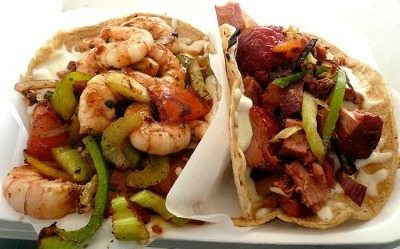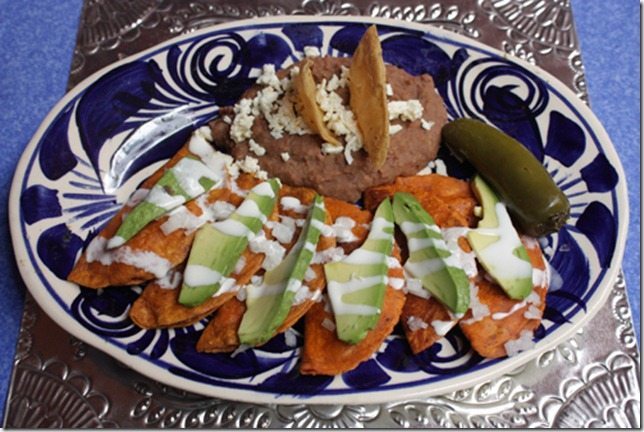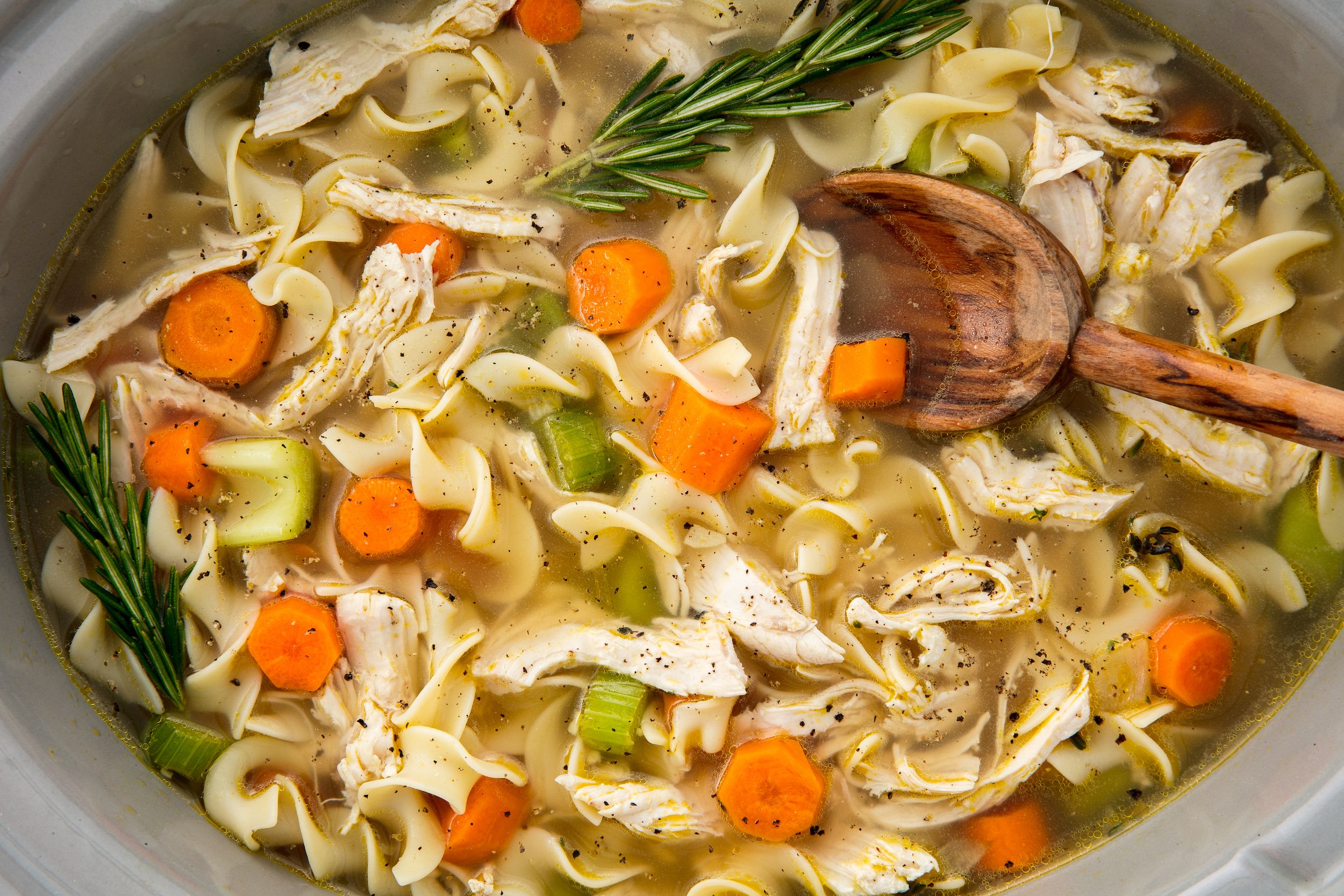As travelers, we are always on a journey to satisfy our cravings and curiosities for new things. No matter where we go, whether a new town, city, or country, one of the best ways to have an authentic experience is to sample and understand the local food. In my country, Mexico, we are very proud to have such rich, diverse culinary traditions, much of it evolving from hundreds or even thousands of years of history. Every state, city, and town has its own dishes and variations that sometimes not even we (Mexicans) are aware of. But here are three dishes that you could find almost everywhere, but always with a local twist, depending on the region you’re in.
Tacos
The original tacos in Mexico are prepared with soft corn tortillas and filled with a stew, consisting of pork, chicken, beef, or even lamb. Traditionally, we do not fill the tacos with rice, sour cream, or lettuce, as typically seen in Mexican restaurants abroad. In the pre-Hispanic times in Mexico, it is believed that workers used to eat tacos in the street as a quick meal, making the dish a very popular street food, with every region adopting a unique way of preparing it.
Taco twists:
- Tacos gobernador [from the north of Mexico, specifically Culiacán Sinaloa] are tortillas filled with prawns, poblano peppers, and white cheese.
- Tacos de canasta (basket tacos) [from Mexico City mainly] are made of smashed potatos and chicken. These tacos are generally found in wicker baskets of mobile street vendors on bicycles. The tacos are generally placed in a big jar of green or red salsa and sold as traditional street food.
- Tacos al pastor [from the center/south of Mexico] are one of the most popular types of tacos. You may see street corners in almost any town in these regions selling these delicious tacos. Enrobed in corn tortillas, tacos al pastor are made of pork marinated in chile ancho, orange, vinegar, pepper, and pineapple.
Enchiladas
An enchilada is a corn tortilla rolled with meat and white melted cheese. Enchiladas have been part of Mexican history for ages, with evidence dating it back to the Mayans and the ancient settlers living in the Valley of Mexico, where they used to eat the tortillas folded or rolled around freshly-caught small fish. But, when the Spaniards arrived in Mexico, they started adding more ingredients like cheese and meat, further popularizing the dish around the world.
Enchilada twists:
- Enchiladas poblanas [from Puebla] are soft corn tortillas filled with chicken and poblano peppers, topped with oaxaca cheese.
- Enchiladas potosinas [from San Luis Potosi] are similar to empanadas (but called enchiladas), and are made of deep-friend corn dough filled with cheese and ancho peppers.
- Enchiladas suizas [from all over Mexico] are corn tortillas rolled up with shredded chicken and two kinds of cheese, and then served with a zesty salsa verde and a cream-based sauce on top. The name of these enchiladas comes from Swiss immigrants in Mexico who established dairies to produce cream and cheese.
Mole
Ever thought about trying chicken with a spicy chocolate sauce? Originally from Puebla, mole is a dish entrenched in hundreds of years of history. It is believed to date back to the 16th century, when nuns from the Convent of Santa Rosa in Puebla de Los Angeles had to prepare a dish for the visiting Archbishop and were at a loss as to what to serve him. Believed to be a sort of divine intervention, the nuns started praying and suddenly feeling an inexplicable inspiration to create a dish that mixed many different types of chilies, nuts, chocolate, and other ingredients. From that day on, the dish has become synonymous with authentic Mexican food. The name comes from the Nahuatl word for sauce, molli.
Mole is often served over turkey/chicken at weddings, birthdays, baptisms, and holidays such as Christmas. It is one of the most delicious and popular dishes in the Mexican cuisine.
Mole twists:
- Mole oaxaqueño [from Oaxaca] is from a state known as “the land of the seven moles” — mole negro, colorado, amarillo, verde, chichilo, coloradito, and mancha manteles (or tablecloth stainer). All of the varieties are differently colored and flavored, based on the use of distinct chilis and herbs.
- Mole poblano [from Puebla] contains about 20 ingredients, including chili peppers and chocolate, making it one of the spicier variations.
- Mole rojo [from San Luis Potosi and Zacatecas] is usually sweet and spicy, with main ingredients consisting of orange skin, chili, pumpkin seds, and white bread.
Now that I’ve made you sufficiently hungry, always remember that there’s no one right way to prepare our culinary staples. Think outside the box, and you’ll be pleasantly surprised, I promise.
By: Karina T., a freelance writer based in Mexico City and creator/editor of Fridöm Magazine








